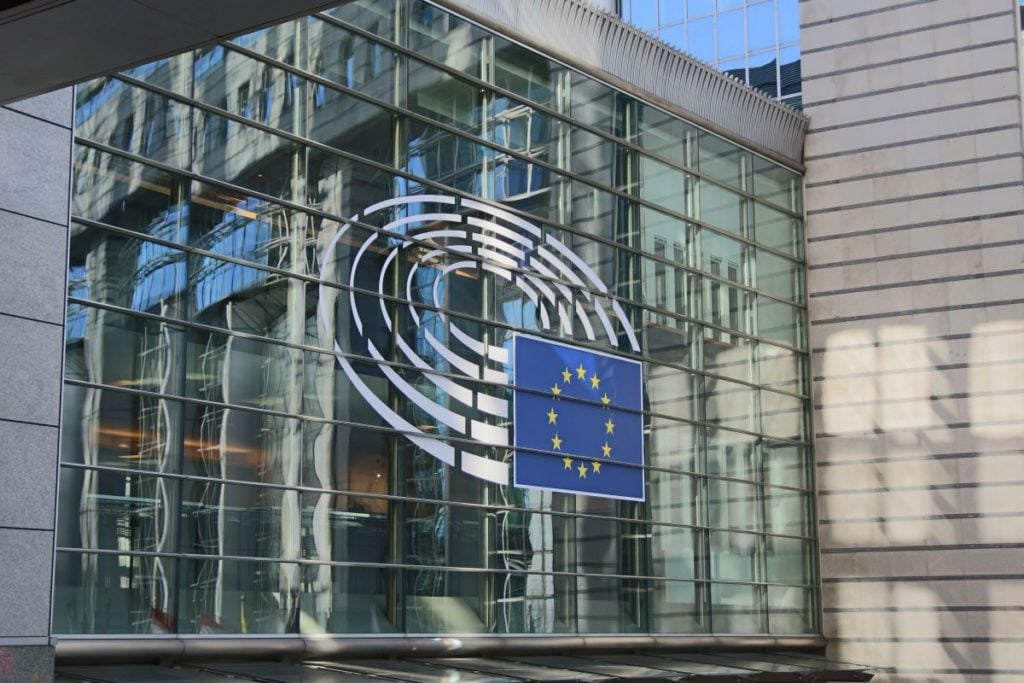
In April, the EU’s Energy Performance of Buildings Directive (EPBD) was adopted by its member states, which aims to reduce the overall energy use of buildings across the EU.
According to the European Commission (EC), each member state will need to reduce the average primary energy use of residential buildings by 16% by 2030 and 20-22% by 2035. For non-residential buildings, member states will need to renovate the 16% worst-performing buildings by 2030 and the 26% worst-performing buildings by 2033. Historic buildings or holiday homes can be exempted from the obligations.
Unlock unlimited access for 12 whole months of distinctive global analysis
Photovoltaics International is now included.
- Regular insight and analysis of the industry’s biggest developments
- In-depth interviews with the industry’s leading figures
- Unlimited digital access to the PV Tech Power journal catalogue
- Unlimited digital access to the Photovoltaics International journal catalogue
- Access to more than 1,000 technical papers
- Discounts on Solar Media’s portfolio of events, in-person and virtual
Or continue reading this article for free
The EPBD also requires EU member states to ensure that new buildings are fit to host rooftop solar PV or solar thermal installations.
According to the EC, buildings account for around 40% of the EU’s energy consumption, while approximately 35% of the EU’s buildings are over 50 years old and 75% of the buildings are energy inefficient.
Last December, the European Parliament and the EC reached a provisional agreement on the strengthened EPBD. Three months later, the European Parliament approved the law. After the formal adoption, the EPBD will go into force “in the coming weeks”. Member states will then have to transpose it into their national legislation.
Juan Monge, principal analyst at Wood Mackenzie, says the EPBD timeline is plausible, although “the devil is in the detail”.
“It will be critical to understand how the EU Member States transpose the directive and whether that process dilutes or strengthens the norm. Specifically, whether exemptions or loopholes are introduced and if total or partial usable rooftop surface is mandated. On the other hand, any trends affecting solar component prices and the ability to keep high deployment rates every year could become additional roadblocks,” he says.
Challenges of meeting the EPBD goals
Speaking of the challenges of reducing the average primary energy consumption, Monge says technology is not always the answer to the question.
“One of the biggest challenges in reducing residential energy use isn’t technology-related, but behavioural or cultural. There’s still work to get every household on board with reducing home energy footprints. This varies largely from country to country and from case by case. Overall, I doubt societies at large are ready to rethink energy use levels and patterns,” he says.
Technologically, some EU countries still struggle with inadequate and insufficient insulation, which is a significant variable in reducing energy use.
“The bloc needs to make this a priority. Improving insulation and heat electrification, in addition to additional bans on fossil fuel boilers among EU member states ahead of the proposed EU-wide phaseout in 2029, are two of the biggest tasks,” Monge adds.
Growth of solar installations in EU
The EPBD states that all new residential and non-residential buildings must have zero on-site emissions from fossil fuels by 1 January 2028 for publicly-owned buildings. All other new buildings will need to meet the requirement by 1 January 2030.
Monge says: “We estimate the residential component of EPBD will expand annual installed residential capacity across the EU by over 2% every year, starting in 2029.”
He also highlights one of the timelines stated in the EPBD. Under the Solar Energy in Buildings section (Article 10), the EPBD requires that existing non-residential buildings with useful floor area larger than 500 m2—where the building undergoes a major renovation or an action that requires an administrative permit for building renovations, works on the roof or the installation of a technical building system—need to deploy suitable solar energy installations by the end of 2027.
“Even under a conservative scenario on the ratio of renovations, this could result in over 10% of additional C&I solar PV installations annually across the EU,” Monge says.
The law also requires member states of the EU to take into account the lifecycle global warming potential of a building, including the production and disposal of the construction products used to build it.
The EPBD will make zero emissions the standard for new buildings. It also aims to boost Europe’s energy independence by reducing our use of imported fossil fuels.
EPBD’s Impact on EU solar industry
Lastly, PV Tech Premium asks Monge about the impact of the EPBD on the EU’s downstream solar industry.
Monge is optimistic that the solar industry in the EU is ready to respond to the demand growth associated with the EPBD, but this will “depend on the evolution of trade defence mechanisms and component price impacts of those over the next few years”.
“Moreover, the European distributed solar industry is also coming out of an unprecedented boom of installations in the last three years. Surfing that wave has made installers bigger, stronger and more adept. However, there will be an adaptation and consolidation process in the market in the near term. Currently, the levels begin to stabilise as retail rates decline,” he concludes.







